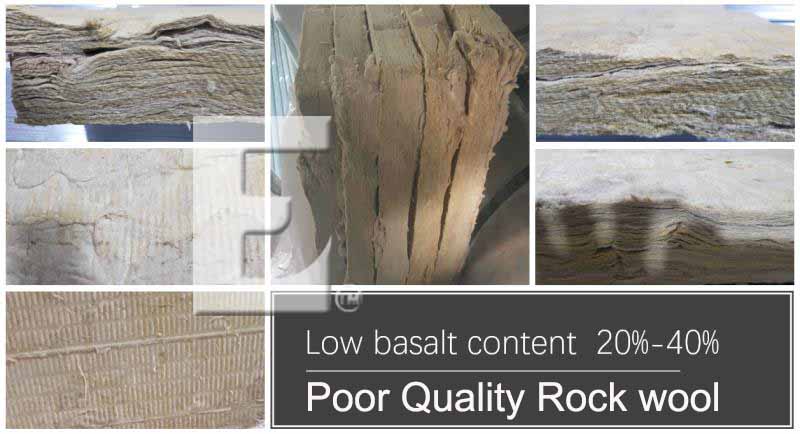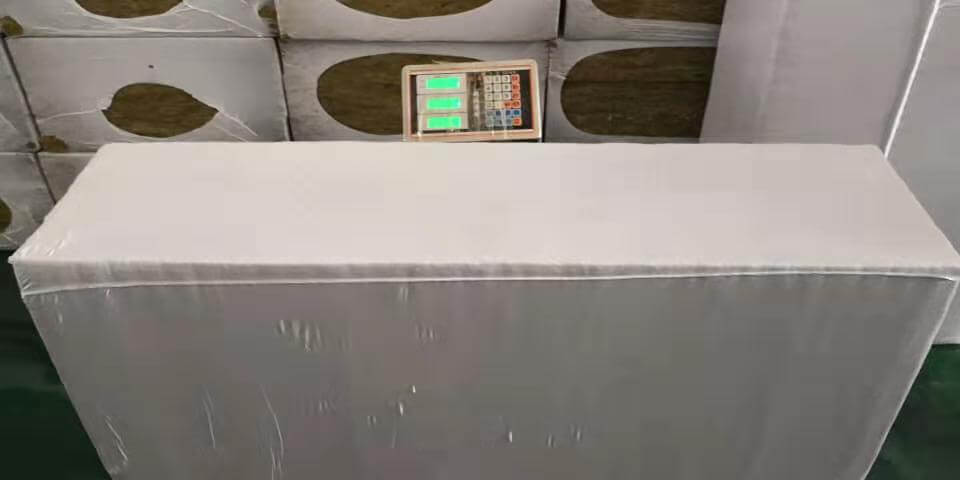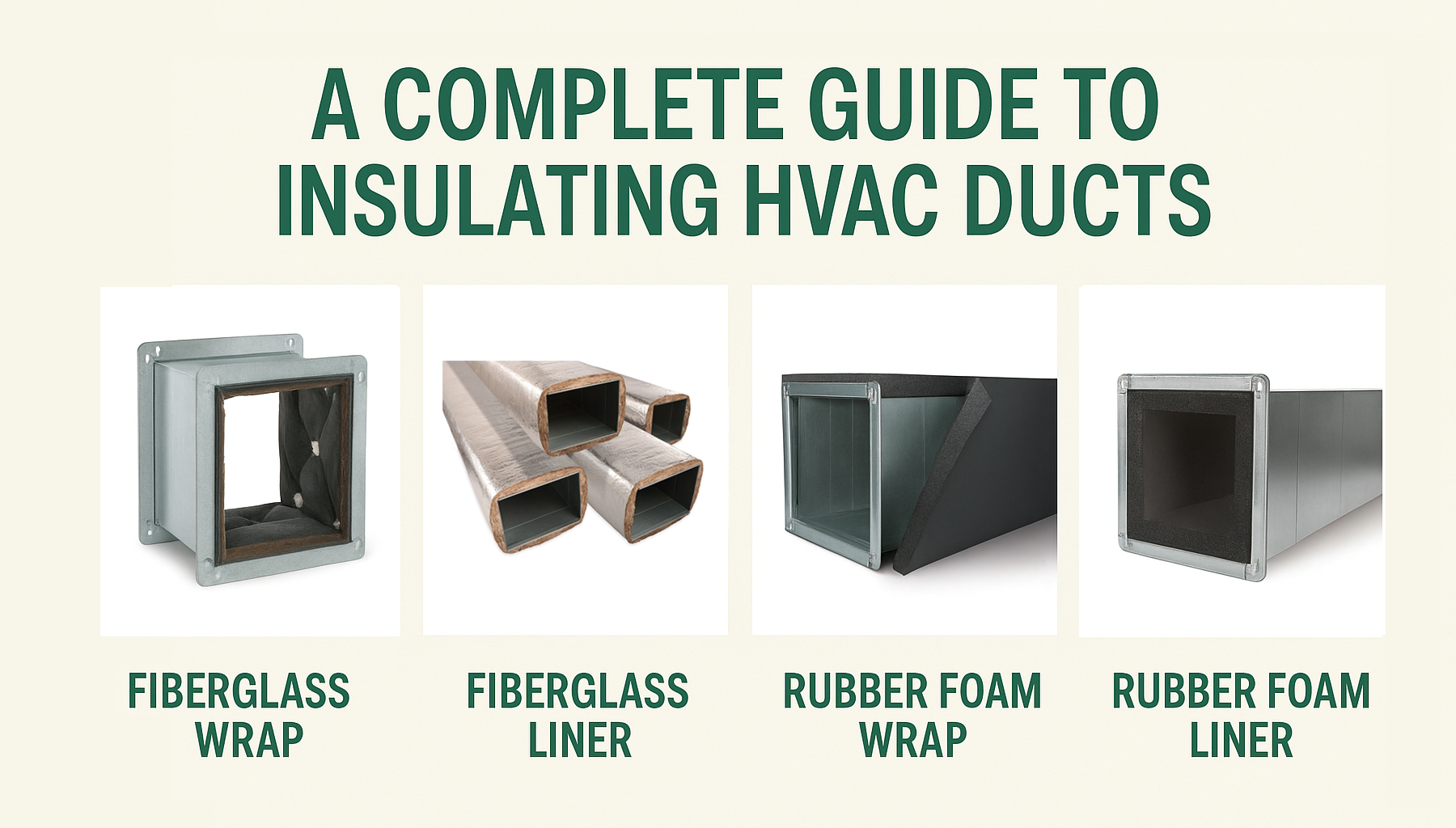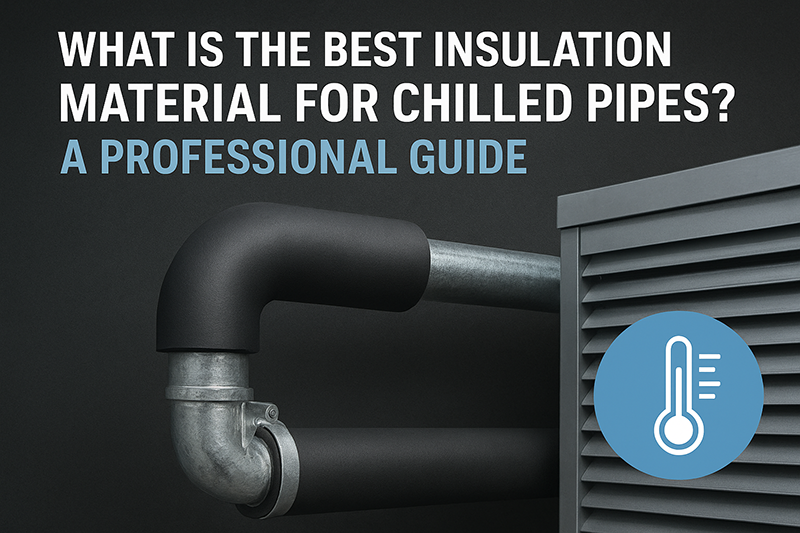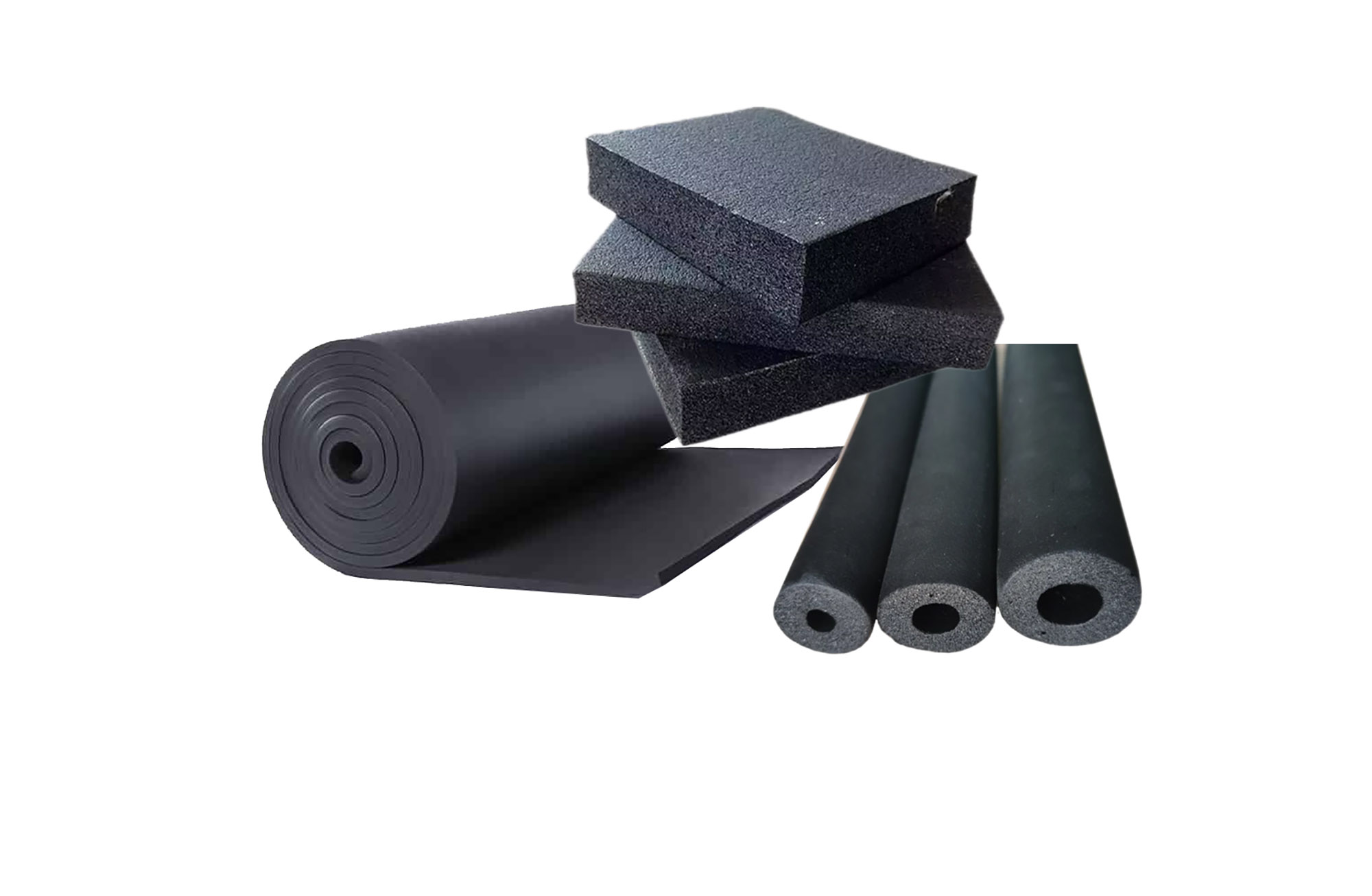Now China’s rockwool insulation manufacturers are more and more, and it’s hard to pick the right one.
Many buyers believe that the higher the price, the better the quality. But it’s one sided and inaccurate to judge a product’s quality. Whether it is good or not depends on the details of the product.
Today we will look into the details of mineral wool.
After reading this article, you can get the best quality stone wool with a reasonable price.
1.Basalt content
Rock wool is made from basalt, lime green stone, dolomite, and slag, melting at 1600 °c and fiberized & formed. The higher the content of basalt, the better the product quality. There are 30%, 50% and 80% basaltic products on the market. Poor quality mineral wool basalt content can be as low as 20%.
Slag is generated by iron blast furnace slag or other metallurgical slag. It has low acid coefficient and chemical stability.
The PH value of slag wool is greater than 5, even more than 6.
Its weather resistance is unstable. When the temperature changes, the slag fiber will break and pulverize. and lose the strength and thermal insulation property.
So, slag wool should not use in a humid environment.
If used for external wall insulation it will tympanite and fall off.
(see this article for more information on the DIFFERENCE BETWEEN BASALT wool AND SLAG wool: https://insulationecoin.com/difference-basalt-rockwool-slag-mineral-wool/)
So how do we determine the basalt content?
- There is no laboratory test for it. Here are some ideas:Observe the color of the rock wool. The color of basalt is yellow green. Usually yellowish-green mineral wool is with a high content of basalt. A low-basaltic rock wool will be yellowish in color. But this is not absolute. High levels of ammonia and resin also give the high basalt rock wool a yellow tint.
- Feel the rock wool with your hand. The fiber of basalt is fine and long, it’s soft and no itchy. When you press it, there is no sound, while slag wool has a rustling sound as you press the wool.
- Test the acidity coefficient (AC value) in the laboratory. Basalt is an acidic material and its AC value is usually 1.6-2.2. Slag wool is around 1.2 and is difficult to exceed 1.3. See Article 2 below for details.
- Go to the factory to see them producing.
Below picture is poor quality rock wool with low basalt content.
2. Chemical durability/ weather resistance-Acid Coefficient
There is a special word that describe the chemical durability property of basalt and slag rock wool-Acid coefficient. It presents for the ratio of acidic oxides to basic oxides in the fiber composition, that is acid coefficient η=SiO2+Al2O3
Cao+MgO
the greater of η, the more difficult to melt the material, but the chemical stability is good. The smaller of η, the easier to melt, and wool stability will decrease.
The value of acid coefficient can test in lab.
3. Observe the appearance is flat or not, binders are eventually or not, whether there’s a lot of shot?
During the producing process, oil and a phenol-formaldehyde resin binder are spraying to coat the airborne fiber.
Usually the agents are applied by atomizing the liquids, and it will be eventually. Sometimes there is blockage of the sprayer, this will lead to nonuniform of the binder. Such rock wool will have color difference, the place that has glue binder is harder, the place that does not have is softer. It will lead to thermal bridge.
Besides, observe whether the wool has a lot of shot. “Shot” is the globules that wasn’t fiberized during spinning process. It will influence the insulation property. It should be less than 12% (diameter >0.25mm) according to GB11835-98.
4. Hydrophobic ability and hygroscopicity performance
Rock wool fiber itself does not absorb water, but because of porous structure, the gap may suck water. It needs to spray hydrophobic additives on the surface of rock wool to achieve hydrophobic. But water hate is not equal to waterproof. Once the external water pressure is greater than surface tension, water or will enter the rock wool.
Moisture absorption represents the moisture-proof performance of rock wool products. That is, the ability to absorb water vapor in the air under certain temperature and humidity conditions. The greater the moisture absorption, the worse the performance of rock wool. According to GB/T 25975, rockwool moisture absorption rate should be <1%.
You can test the rock wool simply by watering them, like below: Sometimes there is blockage of the sprayer, this will lead to nonuniform of the binder. Such rock wool has color difference. The place that has glue binder is harder, the place that does not have is softer. It will lead to thermal bridge.
Besides, observe whether the wool has a lot of shot. “Shot” is the globules that wasn’t fiberized during spinning process. It will influence the insulation property. It should be less than 12% (diameter >0.25mm) according to GB11835-98.
5. Combustion performance
Combustion performance refers to all physical and chemical changes that occur when a building material burns or encounters fire. This performance is measured by the characteristics of the material surface such as ignition and flame transmissibility, heat, smoke, carbonization, weightlessness, and toxic products.
The rock itself does not burn. The combustion performance of rock wool is good. It can cut off the fire, increase chances of escaping in the fire, ensure the safety of the building and prevent collapse.
But occasionally some factories will use inferior binder, binder can be flammable. It makes the flame-retardant effect of rock wool greatly reduced.
Test it simply by a lighter:
6. Thermal Conductivity
Thermal conductivity refers to the heat transferred by the material with unit section thickness in unit volume and unit time under stable heat transfer conditions. The unit is watt/(meter. Kelvin) W/MK. The thermal conductivity of rock wool is usually between 0.032w/mk to 0.040w/mk when the average temperature is 25℃. It is related to the density, water content and fiber diameter of mineral wool. Generally speaking, the higher of the density of rock wool, the lower water content, the finer of fiber diameter, the lower of the thermal conductivity.
Ask the owner what thermal conductivity he needs, and then ask factory whether they can meet it? EcoIn rock wool thermal conductivity is around 0.038w/mk.
7. Strength of rock wool
The strength of rock wool Includes compressive strength and tensile strength.
For rock wool used on the roof, the compressive strength needs to be greater than 40KPA
For the one used for the exterior wall, the compressive strength must be greater than 7.5kpa
In general, the greater the required strength, the greater the bulk density of rock wool board should be selected.
It is very important to choose the right bulk density depending on where you use it.
Here is some common density used:
60-80kg is usually used in sandwich board. It has metal on both sides, and strength can be doubled by overturn the fiber direction.
80kg is recommended for rock wool board for sound absorption.
100-120kg use for interior walls or floors.
140-180kg use for exterior walls and roofing.
If a 80kg rockwool board use in the external wall (plastering system), even the best quality rockwool will fall off. Because 80kg strength is not enough to grab mortar.
Check below 140kg density. It’s rigid enough to bear a man walking on it.
64kg 75mm it’s softer than 140kg:
8. Can the dimensions and bulk density be the same as those agreed in the contract?
If reduce thickness or bulk density by 10%, cost can save 6%-8%.
For example, for a rock wool board with a specification of 120kg 50mm, the quotation is FOB USD3/M2. If the supplier produces at 110kg 50mm, the price can be USD2.82/M2.
Chinese National Standards require length deviation of -3%-+10%, width of -3%-5% and thickness of -3%-+3%., density + / – 10%.
You can specify the allowable deviation of size and bulk weight in contract.
Besides, weight the final product and check whether the weight can meet the density is also a good weight. The weight of a 120kg x 50mm x 600mm x 1200mm board should be around 4.32kg.
Each time we load container, we will weigh the rockwool and take pictures. Below picture is the weight of 64kg 75mm board. (4pcs per pack)
9. Supplier Qualification
Ask for a testing report of rock wool. Do they have any certificates? Any performance report from clients? And feedbacks from previous projects?
Below is EcoIn test value tested by National Center of Quality Supervision & Test for Building Materials.
For project performance letter, please enter your email in the list below, our sales staff will contact you.
| Sample Name | Rock wool products for building exterior wall insulation | Test category | Type test |
| Entrusted by | EcoIn Co.,Ltd | Size and Specification | 1200x600x50mm
160kg |
| Manufactured by | EcoIn Co.,Ltd | Sampling basic number | 500 pcs |
| Sampling date | 06.10.2015 | Sampling quantity | 3 pcs |
| Sampling method | Random Sampling | Sample State | Plate |
| Production Date/Lot
No |
—— | Sealed samples status | Sample is sealed good |
| Test standard | GB/T 25975-2010 Rock wool products for building exterior wall insulation
GB 8624-2012 Classification of combustion performance of building materials and products GB/T 5480-2008 Test method for mineral wool and its products JC/T 618-2005 Methods for chemical analysis of dissolved chloride, fluoride, silicate and sodium ions in thermal insulation materials
|
||
| Test Item | Appearance, slag ball content, etc. 20 items, please refer to pages 2 and 3 | ||
| Test Conclusion | According to the test, the test results of items 1-17 meet the technical requirements of GB/ T 25975-2010 TR10 board. The test results of combustion performance meet the technical requirements of grade A (A1) in GB8624-2012. Test results for items 19 and 20 are shown on page 3
|
||
| Remarks | |||
| No | Test Item | Standard requirement | Test result | Conclusion | |
| 1 | Appearance | The surface should be smooth, and there should be no scars, stains or damage that effect use | Conform | Conform | |
| 2 | Shot content % | ≤10 | 2.8 | conform | |
| 3 | Average fiber diameter, μm | ≤7.0 | 5.3 | conform | |
| 4 | Degree of right-angle deviation, mm/m | ≤5 | 2.3 | conform | |
| 5 | Flatness bias, mm | ≤6 | 2.9 | conform | |
| 6 | Acidity Coefficient | ≥1.6 | 1.7 | conform | |
| 7 | Mass hygroscopicity | ≤1.0 | 0.6 | conform | |
| 8 | Hydrophobicity | ≥98 | 99.7 | conform | |
| 9 | Short-term water absorption, kg/m2(partial immersion, 24h) | ≤1.0 | 0.4 | conform | |
| 10 | Long-term water absorption, kg/m2(partial immersion, 24days) | ≤3.0 | 1.9 | conform | |
| 11 | Thermal Conductivity, W/(m.K)(Average temp 25℃) | ≤0.040 | 0.038 | conform | |
| 12 | Tensile strength perpendicular to the surface, kPa | ≥10 | 13 | conform | |
| 13 | Compressive strength, kPa (deformation 25%) | ≥40 | 76 | conform | |
| 14 | Wet resistance factor | ≤10 | 8.4 | conform | |
| 15 | Noise reduction coefficient (standing wave method: rigid wall) | ≥0.60 | 0.65 | conform | |
| 16 | Dimension Tolerance (mm) | Length | +10
-3 |
-1~ +4 | conform |
| Width | +5
-3 |
-1~ +3 | conform | ||
| Thickness | +3
-3 |
0~ +2 | conform | ||
| 17 | Dimensional stability % | Length | ≤1.0 | 0.1 | conform |
| Width | ≤1.0 | 0.1 | conform | ||
| Thickness | ≤1.0 | 0.3 | conform | ||
| 18 | Combustion performance (A1 Grade) | Average temperature rise in furnace, ℃ | ≤30 | 5 | conform |
| Duration of combustion, S | 0 | 0 | conform | ||
| Mass loss rate, % | ≤50 | 4 | conform | ||
| Total calorific value of combustion, MJ/kg | ≤2.0 | 0.4 | conform | ||
| 19 | Density, kg/m3 | — | 162 | — | |
| 20 | The mass fraction (in Cl) of chloride | — | 0.0058 | — | |
10. Ask for a sample
If you can’t visit the factory and see the product on spot, getting a sample the most convenient way to check the quality.
When you get the sample, you can first judge the quality of the rock wool by the points mentioned in this article. For example, how is the strength? a lot of slag ball is visible or not? How is the color? Whether the binder is uniform? Can the weight reach the standard?
The most important thermal conductivity and acidity coefficient of rock wool can only test in laboratory. It needs to sent to a third-party testing center for accurate data.


